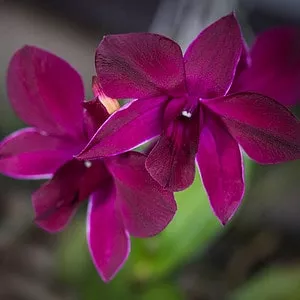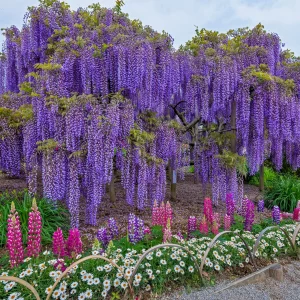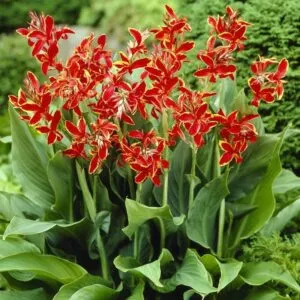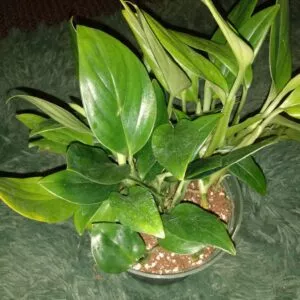No products in the cart.
The Inkberry holly adds a lot of color to the garden in winter. Hence, a fabulous evergreen shrub can grow in partial shade or potted plants. Also, the plant produces berries and are native species to North America.
Today we will find out more about these hollies.
Plant Name: Ilex glabra
Other Name: Inkberry Holly, Gallberry, Appalachian Tea
Plant Type: Shrub
Native Areas: North America
Light Requirement: Full Sun to Part Shade
Watering: Moderate
Fertilizer:
Toxicity: Toxic to humans and pets
Temperature:
Propagation:
Growth: 10 feet tall and 8 feet wide
Soil Type: Acidic Soil
USDA Hardiness Zones: 4-10
More About Inkberry Holly and The Female Plants
The Inkberry holly is a slow-growing evergreen shrub with a rounded to upright growing habit. Inkberry holly refers to the blackberries giving it the secondary name Gallberry.
The people used the black fruit to make ink from the oak galls. Compared to other outdoor plants, it does not have a prickly leaf; instead, it is smooth. Still, all parts of the plant are toxic to humans and pets.
The plant is also dioecious, meaning separate male and female plants. Hence, if you have a female plant, you need the male Inkberry holly to produce berries. This species of plant, while it adds winter interest, can also become a bit messy.
Yet, growing in damp areas like woodland gardens, bogs, or ponds remains a popular choice. The plant matures with glossy dark green foliage with oval-shaped leaves. From May to June, greenish-white flowers appear, followed by black fruits in early fall.
Another important note is that the shrub grows leggy and spreads by suckering, and you need to remove root suckers regularly. So, it is sometimes best to use several cultivars with a better form for landscaping.
Inkberry Holly Care Tips
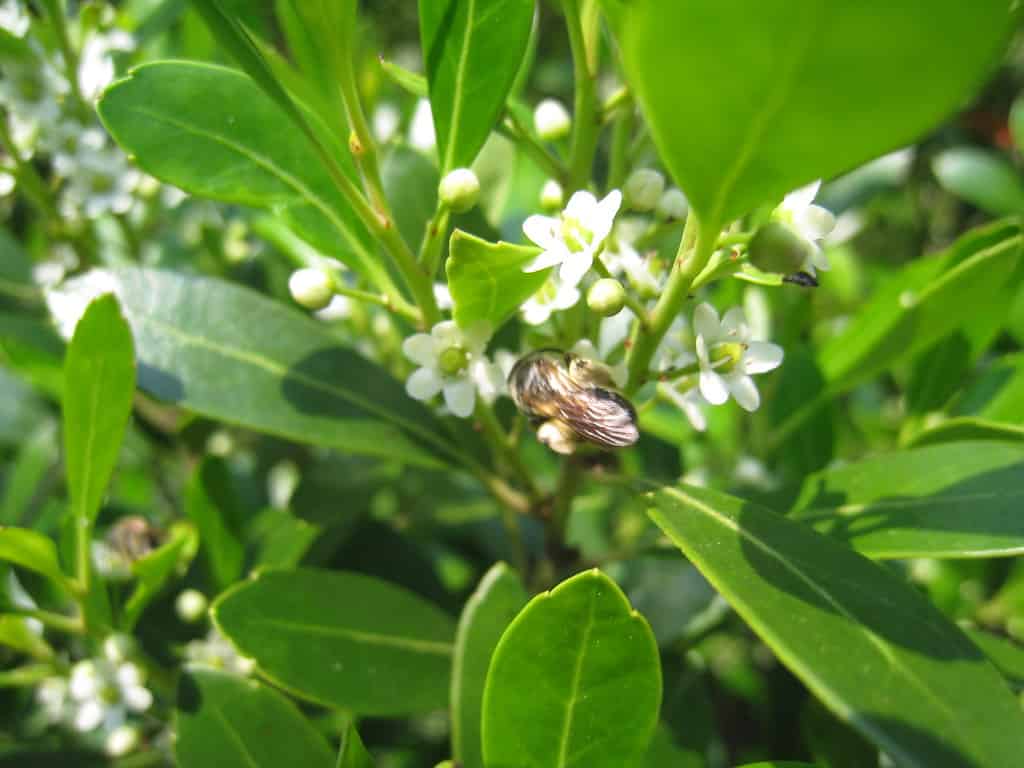 inkberry holly @elsaspezio
inkberry holly @elsaspezio
The Inberry species plant grows well in grouped or mass planting to use as shrub borders, privacy screens, or foundation planting. Another benefit is that bees love the Inkberry flowers, and the honey is highly prized with a unique flavor.
Hence, people sometimes plant the Inkberry for bees to feed on them. The holly also attracts adult butterflies.
The Best Soil For This Evergreen Shrub
It helps plant the Inkberry in medium to wet soil standing in full sun to part shade for optimal growth.
The plant adapts well to a growing environment and different soil conditions. Still, it loves acidic soil and does not fair well in alkaline soil.
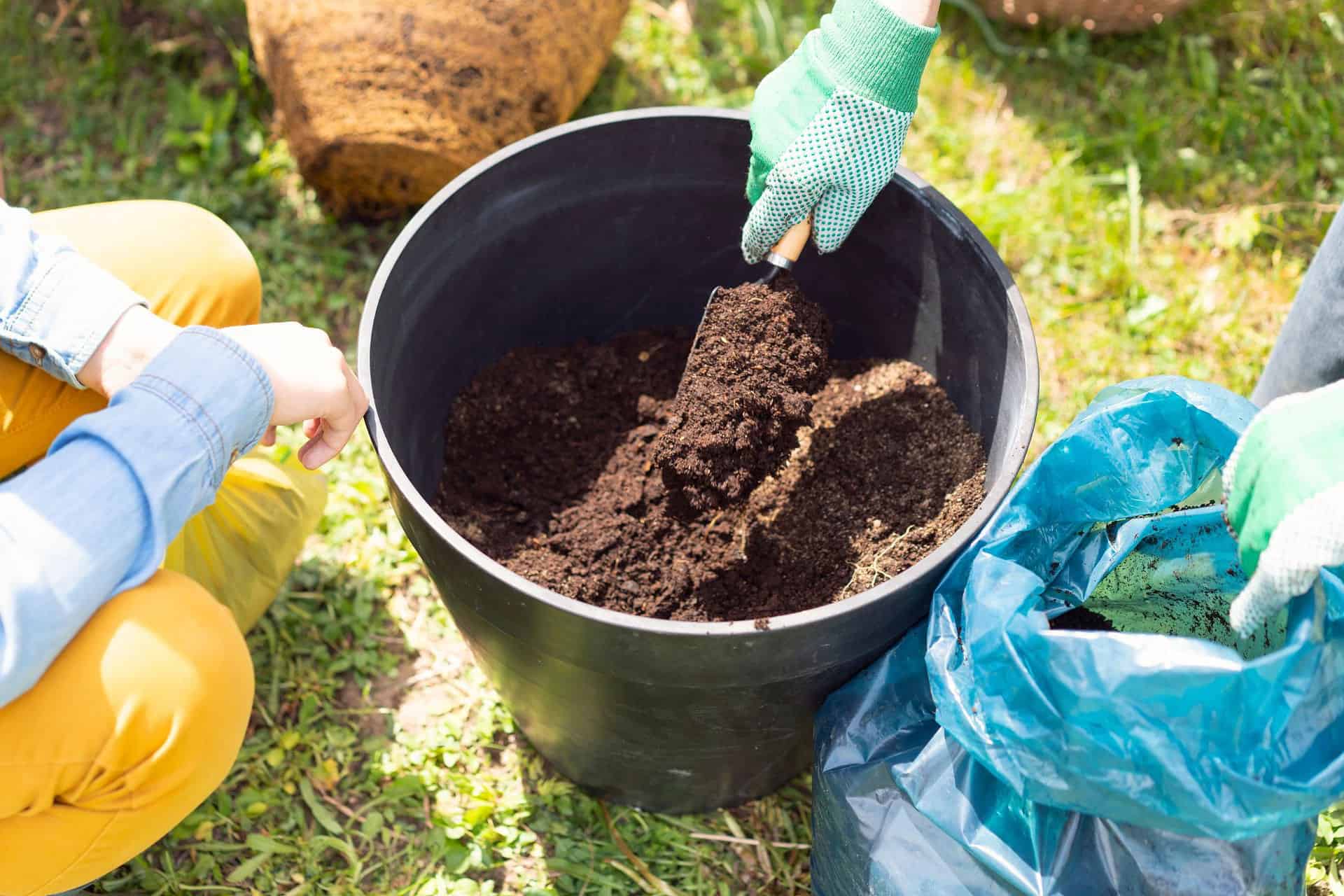
When growing in the native regions, it can thrive in sandy to acidic woodlands and even along bogs and swamps.
The Best Spot For a Male and Female Plant
As much as the planta loves wet soils, it likes basking in full sun in cooler climates. Growing Inkberry holly, very extreme heat, it can handle direct sunlight in the morning with partial shade in the afternoon. You can also check our The Best Full Sun Plants For a Sunny Garden article for other sun-loving plant options.

Watering Inkberry Shrubs
The plant needs a lot of water after it establishes and even more. You must water your plant at least once a week when very warm.
Temperature and Humidity
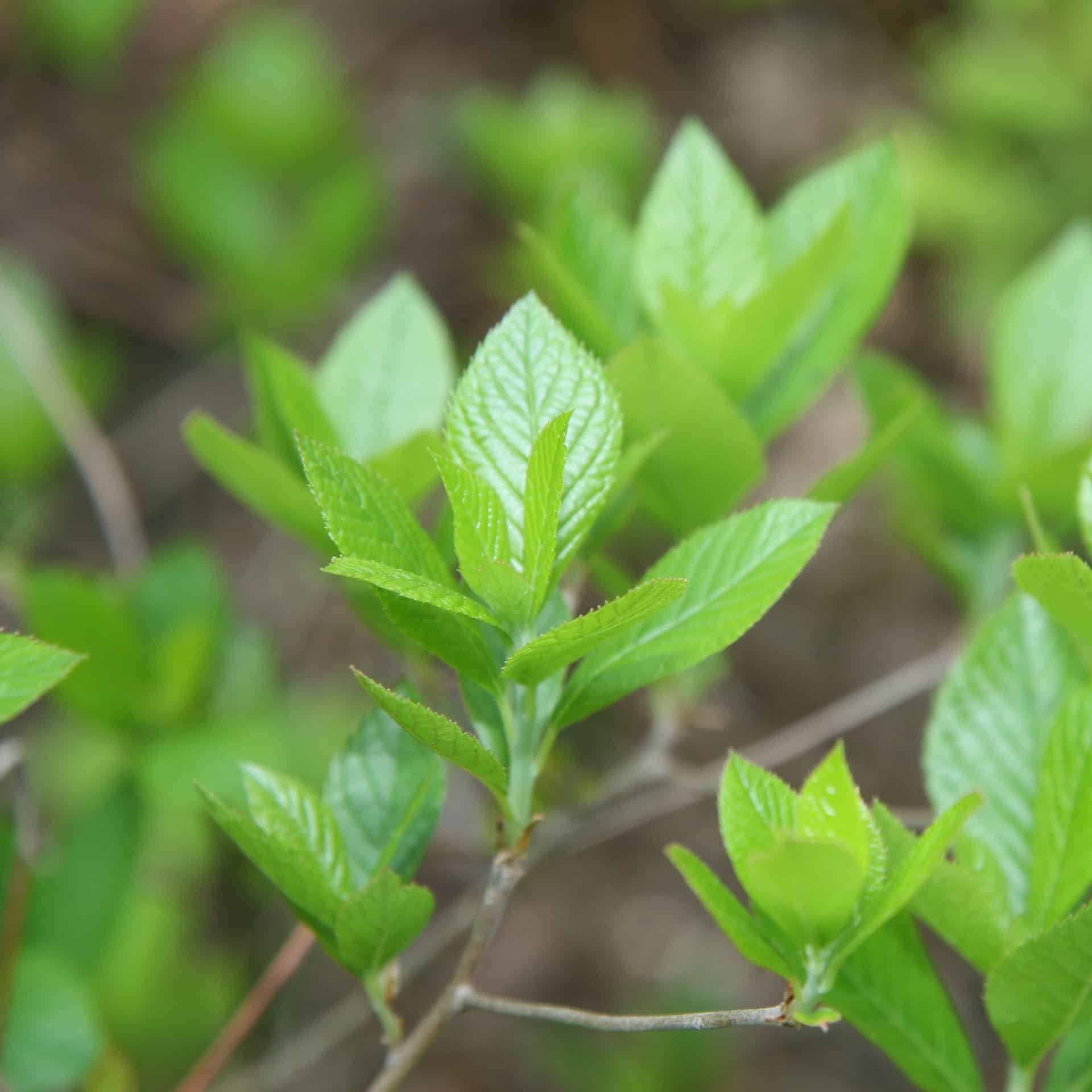
Compared to other holly plants, the Inkberry shrubs thrive in cool to wet climates. Most hollies prefer a drier climate.
Fertilizing in Early Spring
The best time to feed your Inkberry shrubs is using a Holly-Tone fertilizer in early spring. If you find the soil very alkaline, we recommend enriching it with peat moss when you plant your shrub.
Minimal Pruning Needed
You can prune your Inkberry shrubs in early spring before you see new growth emerging. Still, pruning needs to be kept to a minimum unless you plan to grow them as a hedge.
Another notable thing is this native evergreen blooms on old wood and not on new growth. So, the best is to wait until the flowers finish blooming to start pruning.
You can remove the root ball suckers regularly if you do not want them to spread.
Overwintering
The Inkberry plant does well in winter and needs no covering unless you know it will freeze, causing winter burn.
Propagating Inkberry Plants

Inkberry holly self-propagate as they spread root suckers and can take over the entire area. So, to slow down the pace of growth, it helps to remove those suckers yearly. You can then plant the suckers in another place. Or you can take cuttings.
You can take your pruning shears and cut a six-inch piece of the new growth on one of the healthy branches to do this. Then dip the cut end into a rooting hormone and choose a spot where you want to plant it.
Push the cut end about one inch deep and water well into the ground, keeping the soil moist.
Holly Varieties
Other compact cultivars are available that do not need deep pruning, and some are straight species.
Strongbox Inkberry Holly
It is another native evergreen that grows with a rounded mound form with leaves down to the ground for a dense look. You can prune and shape the Inkberry as desired or leave it in its natural shape.
Compacta
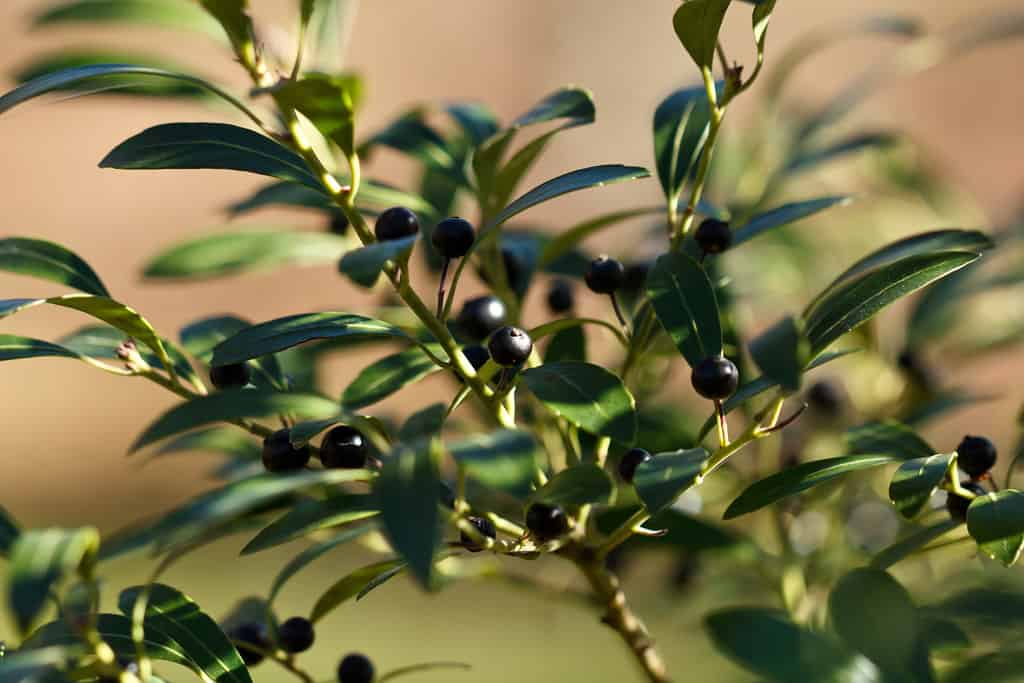 ilex glabra compacta @tompotterfield
ilex glabra compacta @tompotterfield
The holly grows four feet high and spreads to six feet with a tighter, rounded growth habit.
Shamrock

The holly shrub grows five feet high and wide with bright green foliage and suckers less compared to other varieties.
Inkberry Holly Common Diseases and Pests
The Inkberry holly is an easy-going plant with not much serious plant problems. The holly is deer resistant, and an occasional problem is leaf spot to spider mites appearing in dry conditions.
Another concern is powdery mildew that appears in warm to humid environments. You can take care of these fungi using a fungicide like neem oil. The other concern is chlorosis which is the yellowing of the leaves but happens when the alkaline pH level is too high.
Frequently Asked Questions
While the two belong to the same plant genus, the two species differ. The Japanese holly does not do well in warm regions but can tolerate cold temperatures like the Inkberry. Yet, the Inkberry pollinated set fruit is black, while the Japanese holly berries are red.
It would be best to have a male plant with a female one for pollination. You buy Inkberry as only one sex plant.
You can grow other acid-loving plants like blueberry, wax myrtle, and winterberry near your Inkberry shrub or even nearby pine trees like the Jersey pine barrens.
Both these hollies are deer resistant, and the Inkberry is an evergreen but not susceptible to fungal blight. It also grows faster than boxwood to create a privacy hedge and is native to the northern and eastern United States.
The Inkberry holly is a popular shrub to grow in the garden found at local garden centers and nurseries. Yet, you need not leave your home as Plantly will deliver one to your door.
Whether you want to buy, sell, or simply reach out to other plant enthusiasts, Plantly is the right place to be!
-
Free Shipping$39.99Sold By: Aloha Hawaii Orchids
$44.99In stock
Dendrobium Kratingdaeng Comes in 4″ Pot
Rated 4.65 out of 5 based on 268 customer ratings00Sold By: Aloha Hawaii Orchids -
Free Shipping$8.59 – $58.00Sold By: CZ Grain
In stock
Wisteria Vine Seeds – Highly Prized Flowering Plant for Garden, Yard, or Bonsai, Wisteria sinensis
Rated 4.60 out of 5 based on 156 customer ratings00Sold By: CZ Grain -
$10.00Sold By: Smoot's Farm
In stock
Canna Lily Lucifer Dwarf Variety Red One #1 Rhizome Bulbs
Rated 4.89 out of 5 based on 27 customer ratings00Sold By: Smoot's Farm -
